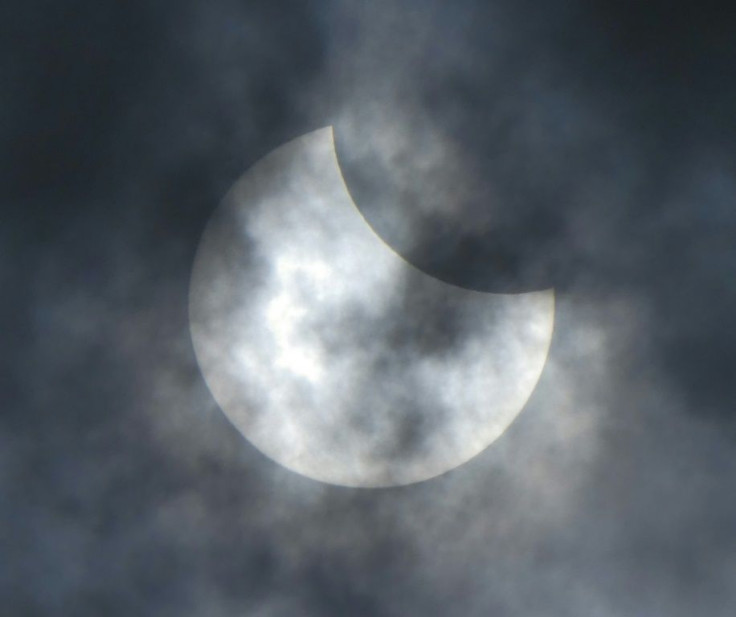Life On Moon Is Possible After ESA Turns Moondust To Oxygen

KEY POINTS
- ESA's technique will create rocket fuel and breathable air on the moon itself
- The technique may also help create alloys on the moon
- A test plant is expected to be ready by mid-2020
A long-term human presence on the moon is a notion that has been floating around since the 60s. Increasingly, discoveries such as the presence of lunar water by an Indian Satellite, the Chandrayaan-1, have made colonization of the moon seem more probable. New research by the European Space Agency (ESA) may take us closer to the goal of a human settlement on the moon.
ESA announced Sunday that it has created a prototype oxygen plant in its Netherlands based Materials and Electrical Components Laboratory of the European Space Research and Technology Centre, (ESTEC), that can create oxygen and metal from lunar regolith or moondust as it is commonly called.
“Being able to acquire oxygen from resources found on the Moon would obviously be hugely useful for future lunar settlers, both for breathing and in the local production of rocket fuel,” ESA stated on its website.
The prototype plant will use a molten salt electrolysis technique on the regolith and superheat the dust to produce oxygen, along with a salt that will be collected at the anode. The space agency has simply tweaked the regular method of metal and alloy production to create oxygen from regolith.
Both Oxygen and the by-product of the process, alloy, can be highly useful for a lunar settlement. The alloy could be used for construction as well as repair.
Currently, it is in a research mode. The researchers have successfully run a simulation. However, creating an actual plant and transporting it to the moon is a different ballgame altogether. Another challenge is storing the oxygen created in the process rather than just releasing it.
ESA believes it can create a test plant by mid-2020, which can help determine if moon explorers will soon be able to breathe the air far from their home planet.
The moon has tremendous potential for a settlement, given that a high amount of solar power can be generated.
Since the moon is the closest settlement that humans can migrate to outside earth, the research may go a long way in pushing forward the ultimate human endeavor of space colonization.
© Copyright IBTimes 2025. All rights reserved.





















